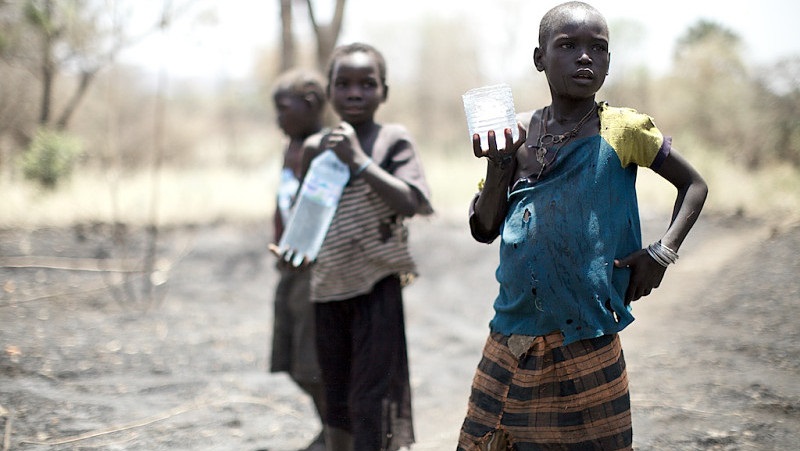The recent movements in the dollar-naira exchange rate, following the removal of the currency peg, has stimulated ongoing debate in the media that South Africa has regained its position as the largest economy in Africa. The prevailing notion is that the depreciation of the naira and simultaneous appreciation of the rand against the US dollar implies that South Africa’s GDP has surpassed that of Nigeria. However, this argument needs some re-examination, given that the value of the GDP (in current US$) is sensitive to the choice of exchange rate and GDP figures used for its computation. This piece situates the present argument in the context of recent commodity market crisis and its implications for the two largest economies in Sub-Saharan Africa
Policy Brief & Alerts

March 11, 2018
A Note On The Economic Downturn In Sub-Saharan Africa
The recent movements in the dollar-naira exchange rate, following the removal of the currency peg, has stimulated ongoing debate in the media that South Africa has regained its position as the largest economy in Africa. The prevailing notion is that the depreciation of the naira and simultaneous appreciation of the rand against the US dollar […]
Read →
Related
Nigeria Economic Update (Issue 47)
Recent
data by NBS indicates an increase in bank credit to private sector. Specifically,
private sector credit rose (year on year) by 24.4 percent to N16,185.1 billion
in 2016Q3 relative to 2016Q2, with Oil and gas, and Manufacturing
sectors taking the consecutive largest shares of the credit. The rise may be connected
to the need to improve credit availability to critical sectors in order to
hasten the recovery from the ongoing recession. The present rise in bank credit
to the manufacturing sector seems to be a step in the right direction as the
sector is critical to Nigerias industrialization and economic stability.
